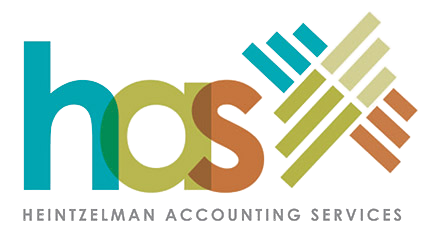One of the first decisions that you will have to make as a business owner is how the company should be structured. Since this decision will have long-term implications, consult your accountant and attorney to help you select the form of ownership that is right for you. Here are some things you may want to consider:
- Your vision regarding the size and nature of your business.
- The level of control you wish to have.
- The business’ vulnerability to lawsuits.
- Tax implications of the different ownership structures.
- Expected profit (or loss) of the business.
SOLE PROPRIETORSHIPS
Legally, there is no separate existence of the business from the owner. All debts of the business are debts of the owner. It is a “sole” proprietorship in the sense that the owner has no partners. The person who organized the business pays personal income taxes on the profits made.
Advantages of a Sole Proprietorship
- Easiest and least expensive form of ownership to organize.
- Sole Proprietors are in complete control, and within the parameters of the law, may make decisions as they see fit.
- Sole Proprietors receive all income generated by the business to keep or reinvest.
- Profits from the business flow directly to the owner’s personal tax return.
- The business is easy to dissolve, if desired.
Disadvantages of a Sole Proprietorship
- Sole Proprietors have unlimited liability and are legally responsible for all debts against the business. Their business and personal assets are at risk.
- May be at a disadvantage in raising funds and are often limited to using funds from personal savings or consumer loans.
- May have a hard time attracting high-caliber employees or those that are motivated by the opportunity to own a part of the business.
- Some employee benefits such as owner’s medical insurance premiums are not directly deductible from business income (only partially deductible as an adjustment to income).
PARTNERSHIPS
Partners (owners) share with each other the profits or losses of the business in which all have invested. Partnerships are often favored over corporations for taxation purposes, as the partnership structure does not generally incur a tax on profits before it is distributed to the partners. However, depending on the partnership structure and the jurisdiction in which it operates, owners of a partnership may be exposed to greater personal liability than they would as shareholders of a corporation.
Advantages of a Partnership
- Partnerships are relatively easy to establish; however, time should be invested in developing the partnership agreement.
- With more than one owner, the ability to raise funds may be increased.
- The profits from the business flow directly through the partners’ personal tax returns.
- Prospective employees may be attracted to the business if given the incentive to become a partner.
- The business usually will benefit from partners who have complementary skills.
Disadvantages of a Partnership
- Partners are jointly and individually liable for the actions of the other partners.
- Profits must be shared with others.
- Since decisions are shared, disagreements can occur.
- Some employee benefits are not deductible from business income on tax returns.
- The partnership may have a limited life; it may end upon the withdrawal or death of a partner.
CORPORATIONS
Corporations are separate from the persons that form it; legal independence from the people who create it. The rules balance the interests of the shareholders that invest their capital and the employees who contribute their labor. If a corporation fails, shareholders normally only stand to lose their investment (and possibly, in the unusual case where the shares are not fully paid up, any amount outstanding on them). No one will be further liable for debts that remain owing to the corporation’s creditors unless they have separately changed this, e.g. with personal guarantees.
Advantages of a Corporation
- Shareholders have limited liability for the corporation’s debts or judgments against the corporations.
- Generally, shareholders can only be held accountable for their investment in stock of the company. (Note however, that officers can be held personally liable for their actions, such as the failure to withhold and pay employment taxes.)
- Corporations can raise additional funds through the sale of stock.
- A corporation may deduct the cost of benefits it provides to officers and employees.
- Can elect S Corporation status if certain requirements are met. This election enables company to be taxed similar to a partnership.
Disadvantages of a Corporation
- The process of incorporation requires more time and money than other forms of organization.
- Corporations are monitored by federal, state and some local agencies, and as a result may have more paperwork to comply with regulations.
- Incorporating may result in higher overall taxes. Dividends paid to shareholders are not deductible from business income; thus it can be taxed twice.
SUBCHAPTER S CORPORATIONS
An “S Corp.” is a corporation that makes a valid election to be taxed under Subchapter S of Chapter 1 of the Internal Revenue Code.
In general, S Corporations do not pay any income taxes. Instead, the corporation’s income or losses are divided among and passed through to its shareholders. The shareholders must then report the income or loss on their own individual income tax returns.
LIMITED LIABILITY COMPANY (LLC)
The LLC is a hybrid business entity having characteristics of both a corporation and a partnership. It is often more flexible, the owners have limited liability for the actions and debts of the company, and it is suitable for smaller companies with a single owner. The primary corporate characteristic is limited liability while the primary partnership characteristic is the availability of pass-through income taxation.
In summary, deciding the form of ownership that best suits your business venture should be given careful consideration. Use Heintzelman Accounting Services, Inc., to serve as your key advisors assisting you in the process.


Recent Comments